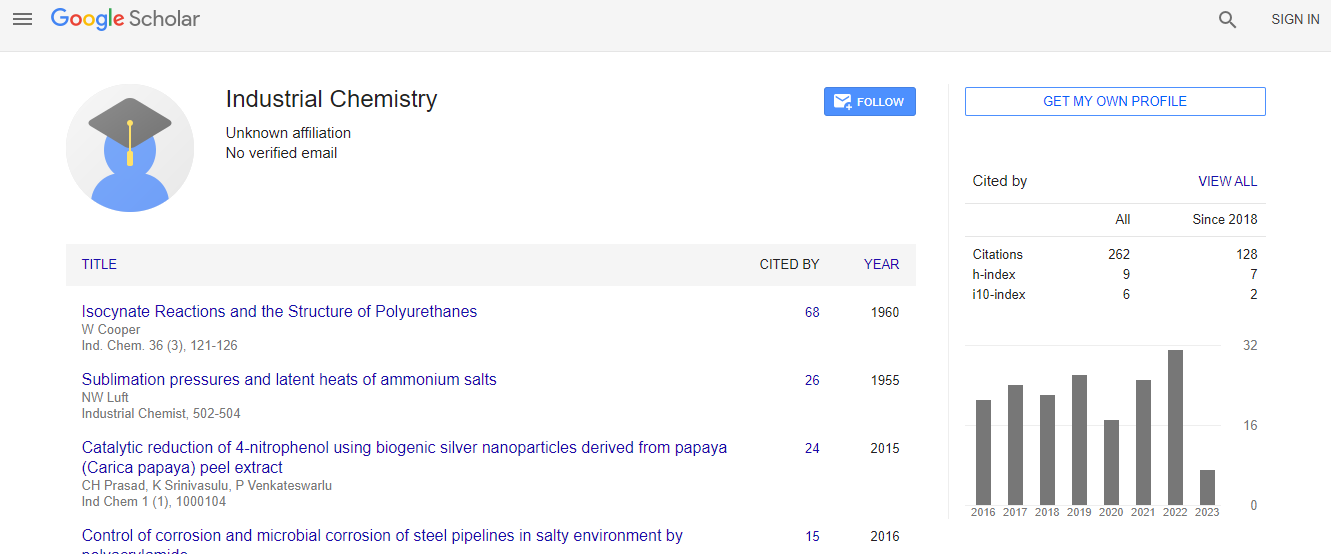Study of the Rate of Zinc Consumption During Sacrificial Cathodic Protection of the Bottom of Crude Oil Storage Tanks
*Corresponding Author: Khodary MA, Department of Basic Science, Higher Institute of Engineering and Technology, Smouha, Alexandria, Egypt, Tel: +20-3-5910052, Email: dr.marwa.khodary@gmail.comReceived Date: Feb 08, 2019 / Accepted Date: Mar 06, 2019 / Published Date: Mar 11, 2019
Citation: Khodary MA, Sadik ER, Khalifa SHMN, Mansour MS, Farag HA (2019) Study of the Rate of Zinc Consumption During Sacrificial Cathodic Protection of the Bottom of Crude Oil Storage Tanks. Ind Chem 5:130.
Copyright: © 2019 Khodary MA, et al. This is an open-access article distributed under the terms of the Creative Commons Attribution License, which permits unrestricted use, distribution, and reproduction in any medium, provided the original author and source are credited.
Abstract
The bottom of crude oil storage tank suffers from severe corrosion as a result of the presence of an aqueous layer containing electrolytes MgCl2, NaCl, CaCl2 and H2S beside porous deposits of sand and clay. Sacrificial cathodic protection using Zn anodes can be used to protect the tank bottom from corrosion. To contribute to the economic assessment of sacrificial cathodic protection the rate of Zn consumption under different condition was studied during cathodic protection in the present work. Variables studied were NaCl concentration, porosity of the porous bed overlying the tank bottom, height of the porous bed and the area ratio between Zn and the steel bottom. It was found that the rate of Zn consumption increases with increasing NaCl concentration and increasing porous bed height but decreases with increasing bed porosity. Increasing cathode/anode area ratio was found to increase the rate of Zn consumption.

